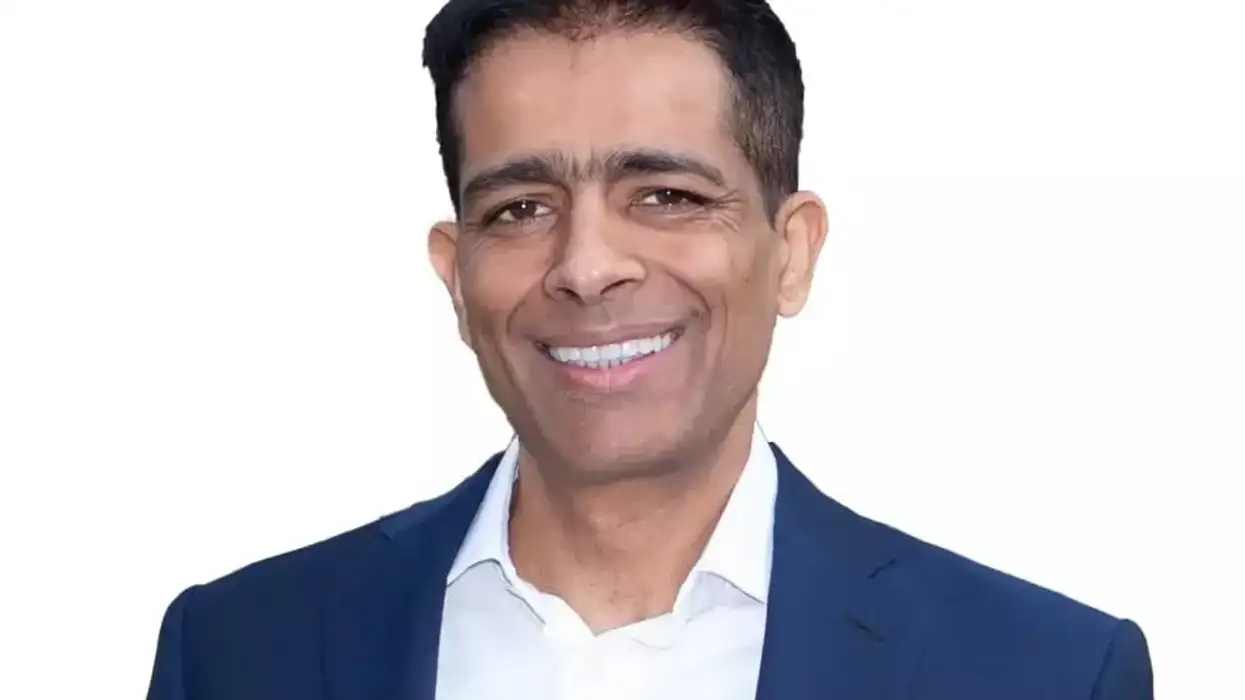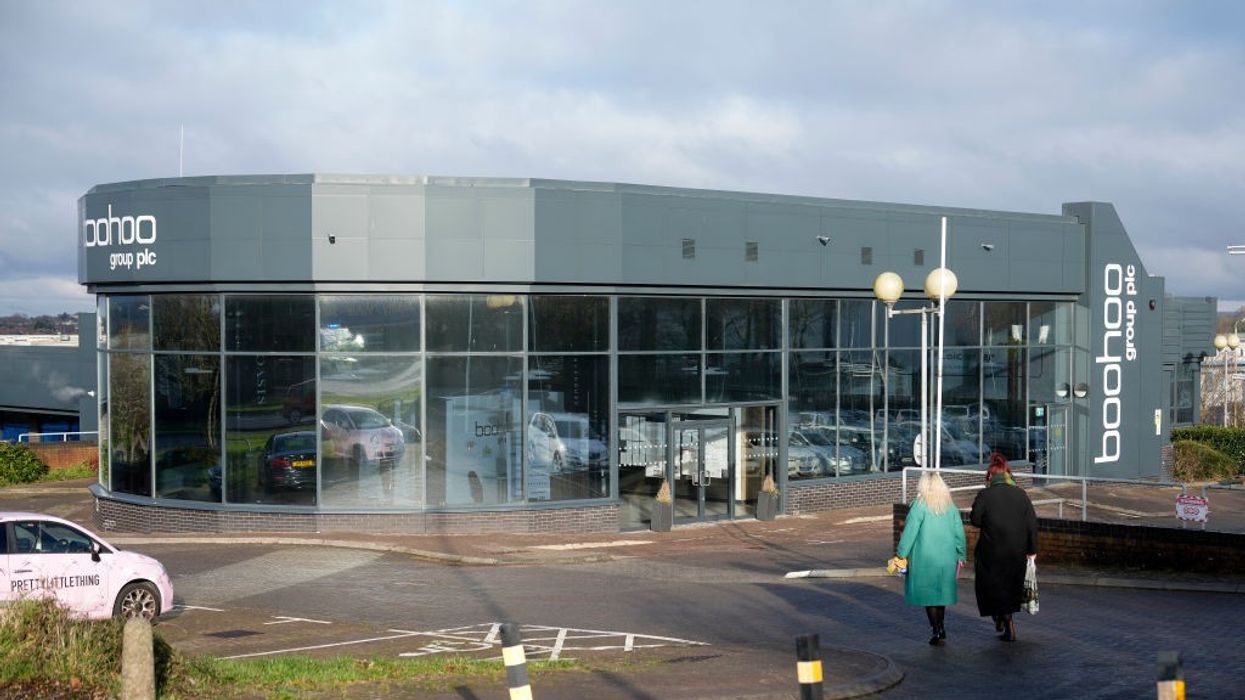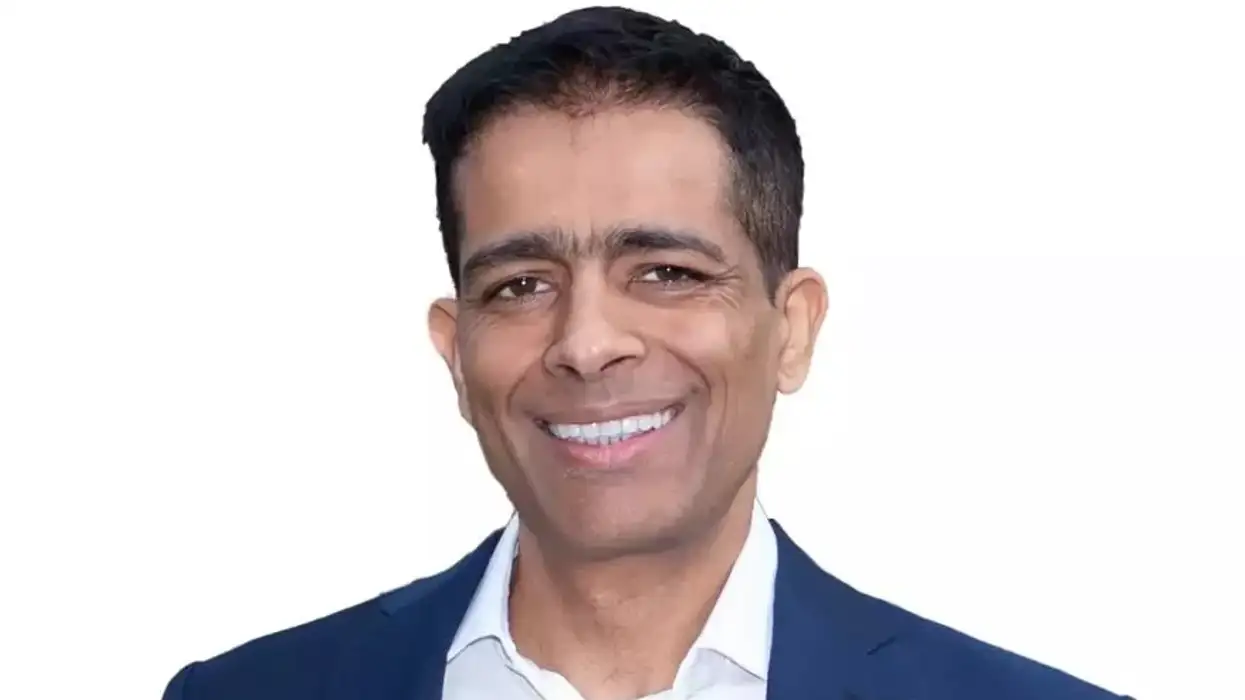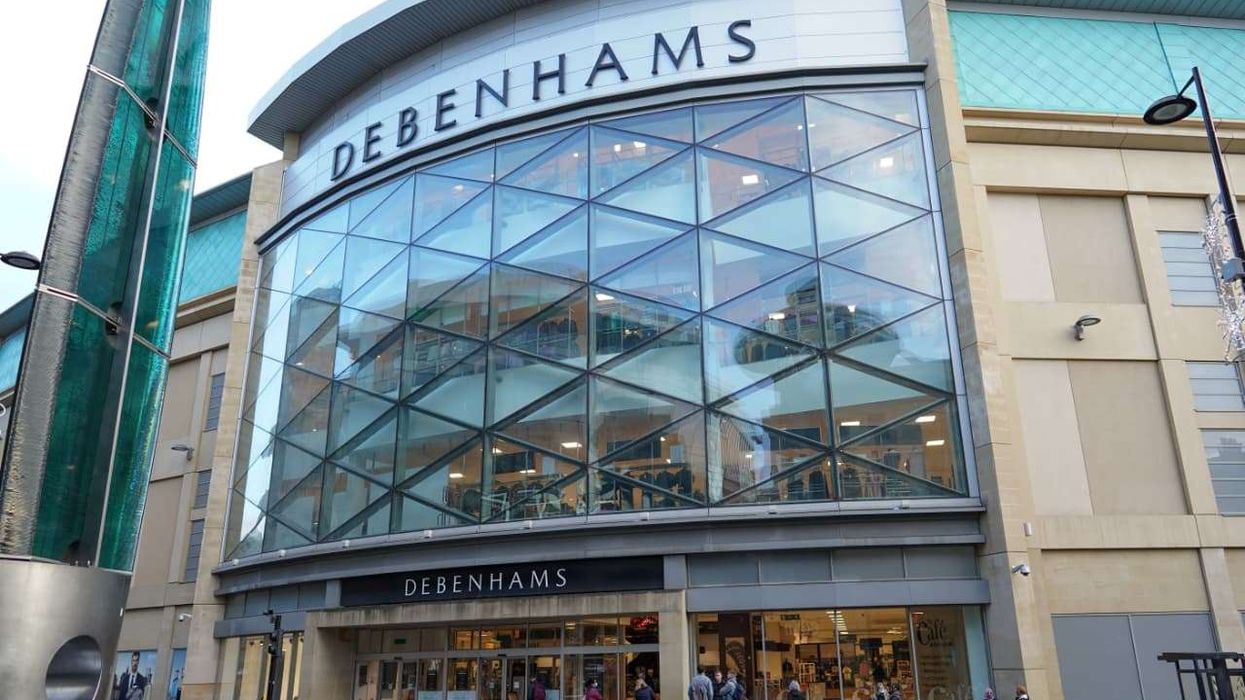ASDA has reported a slowdown in its sales decline as the supermarket chain's aggressive price-cutting strategy begins to show results.
The UK's third-largest grocer said like-for-like sales fell 3.1 per cent in the four months to the end of April, an improvement from the 4.2 per cent decline recorded in the previous quarter, reported the Financial Times.
Executive chairman Allan Leighton, who returned to lead the company last November, said he was seeing "green shoots" of improvement but warned there was still "a long way to go" before Asda fully recovers.
Asda is now under the majority control of private equity giant TDR Capital after billionaire Zuber Issa sold his shares last year. Funds managed by TDR Capital now hold a 67.5 per cent stake in the Leeds-headquartered company while Zuber's brother Mohsin retains his 22.5 per cent holding. A further 10 per cent is held by previous owner, Walmart.
The supermarket has been battling serious problems including poor product availability, dirty stores, and unhappy customers. To win shoppers back, Asda has slashed prices on around 10,000 products - more than a third of everything it sells.
Leighton revealed the company has created a price gap of three per cent to six per cent compared to traditional rivals, with plans to widen this to between seven per cent and 10 per cent over the next year.
"We like it. If we're putting prices down, when inflation is going up, this is good for us," he said about rising food costs.
The price-cutting strategy appears to be working. Asda recorded its best sales performance since May 2024, according to industry figures, and saw further improvements in May. The company's market share currently stands at 12.1 per cent, down from 13 per cent a year ago, but Leighton isn't worried.
"For me, market share is about tomorrow," he said. "We're not fixed on market share; we're fixed on rebuilding the business. I'm not bothered about it at all."
Beyond cheaper prices, Asda has also tackled its stock problems. Product availability has jumped from 90 per cent to 95 per cent since January, whilst customer satisfaction scores have also improved.
"People who've been in the industry a long time are amazed at the progress that we've made on availability in a relatively short period of time," Leighton told reporters.
The turnaround plan has spooked competitors. When Leighton announced in March that Asda would be five per cent to 10 per cent cheaper than rivals, it wiped more than £4 billion off the value of Tesco, Sainsbury's and Marks & Spencer shares as investors feared a new price war.
Both Tesco and Sainsbury's have warned that their profits will fall or stay flat this year as they fight to defend their positions in the highly competitive grocery market.
However, retail analyst Eleanor Simpson-Gould from GlobalData warned that Asda's first-quarter performance was "particularly alarming" given that the UK food market actually grew 1.4 per cent in early 2025. She added that "the finish line for Asda's recovery remains distant" despite the recent improvements.
TDR Capital brought Leighton back more than 20 years after he previously ran the company and sold it to Walmart.














